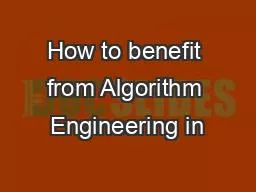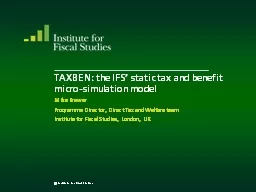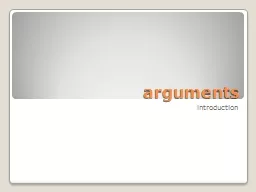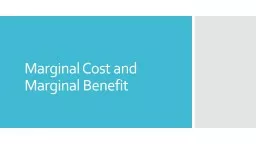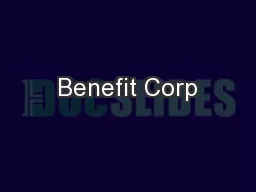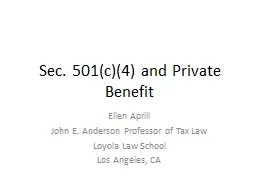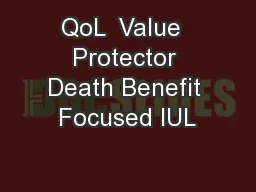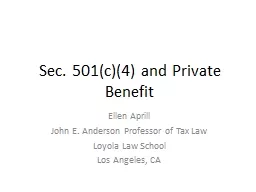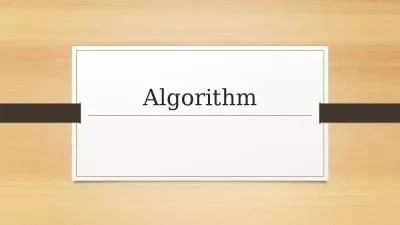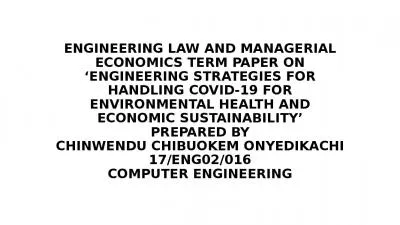PPT-How to benefit from Algorithm Engineering in
Author : lastinsetp | Published Date : 2020-08-27
THE areas of departmental research and applications Haldun Süral Başak AktekeÖztürk Department of Industrial Engineering Middle East Technical University
Presentation Embed Code
Download Presentation
Download Presentation The PPT/PDF document "How to benefit from Algorithm Engineerin..." is the property of its rightful owner. Permission is granted to download and print the materials on this website for personal, non-commercial use only, and to display it on your personal computer provided you do not modify the materials and that you retain all copyright notices contained in the materials. By downloading content from our website, you accept the terms of this agreement.
How to benefit from Algorithm Engineering in: Transcript
Download Rules Of Document
"How to benefit from Algorithm Engineering in"The content belongs to its owner. You may download and print it for personal use, without modification, and keep all copyright notices. By downloading, you agree to these terms.
Related Documents

